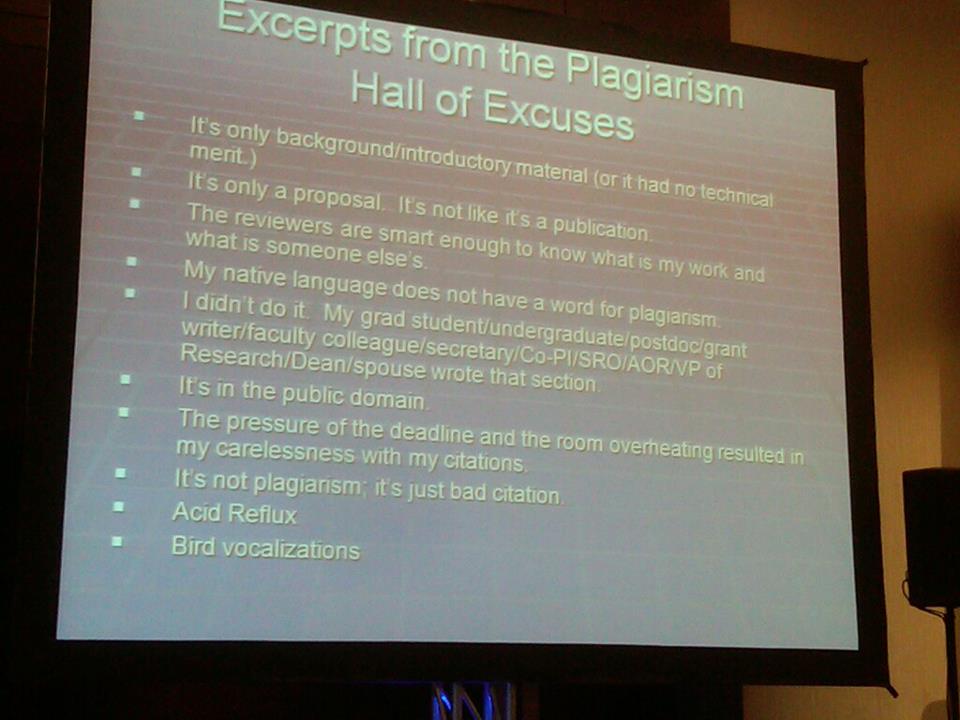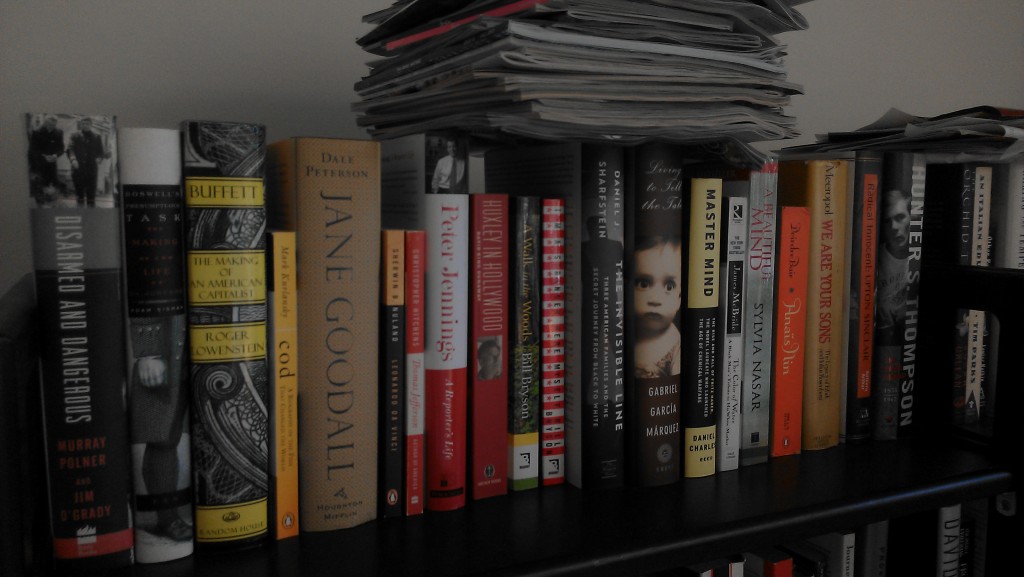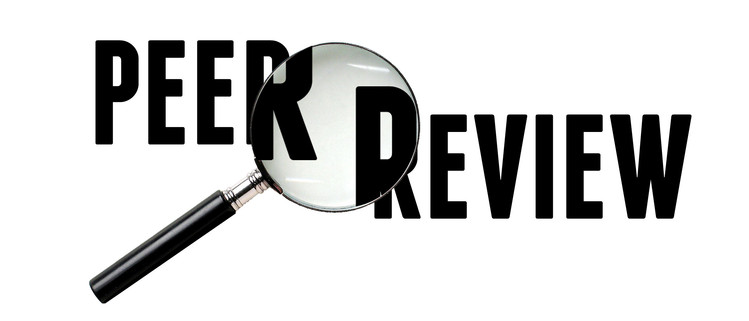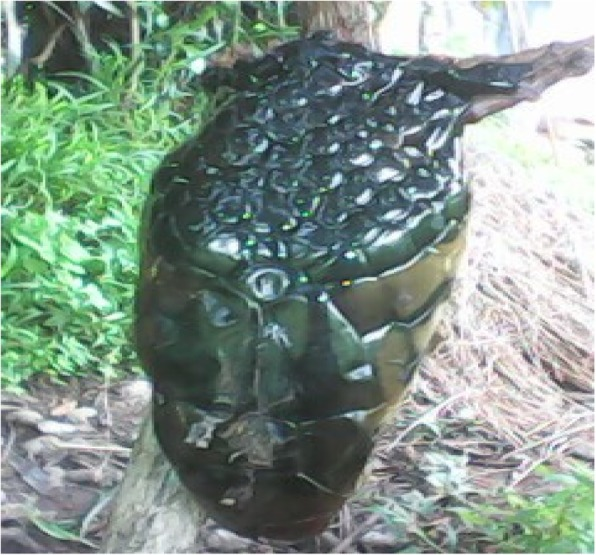
We make a point of never calling for a particular paper’s retraction, nor ever weighing in on whether a journal should have made that move. That would be, we often say, like a financial reporter recommending stocks. But a recent expression of concern is sorely testing our resolve on the matter.
The expression of concern is for a 2014 article, “shRNA-mediated silencing of ZFX attenuated the proliferation of breast cancer cells,” which appeared in Cancer Chemotherapy and Pharmacology, a Springer title, and was led by a team from Zhejiang Cancer Hospital in Hangzhou.
Here’s the notice:
Continue reading A paper plagiarizes an article retracted for plagiarism and other sins — but it isn’t being retracted.





